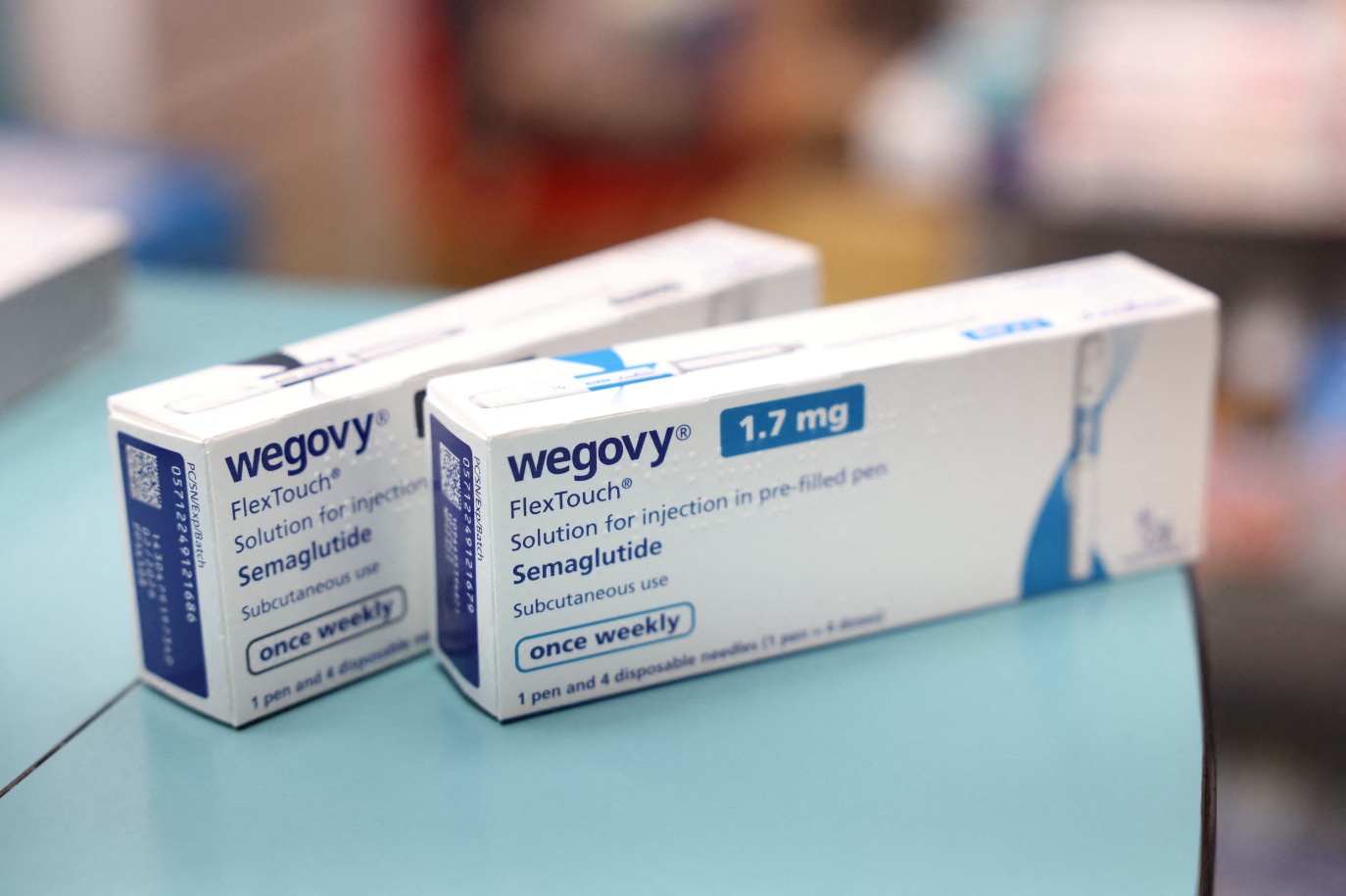A health and nutrition survey to be introduced across the UAE promises to take the nation’s pulse to assess where healthy living campaigns are required.
About 20,000 families and 2,000 labourers across the country will be visited and asked to complete a questionnaire to gauge their knowledge about health and nutrition, while health practitioners will also complete blood tests on those agreeing to take part.
The target demographic includes adults over 18, women aged 15 to 49, pregnant women and children aged from one to 17 years old.
Under a multipronged approach, health authorities will join analysts at Dubai Data and Statistics and the Federal Competitiveness and Statistics Centre to assess the information once collected.
“This project will be an important milestone for us, to estimate our health indicators to see how they are comparable with other countries,” said Dr Hussain Abdul Rahman Al Rand, Assistant Undersecretary for the Public Health Sector at the Ministry of Health and Prevention.
“And from this national survey, all the indicators will play an important role in the planning and decision-making towards putting a strategy in place for the whole of the UAE.
“This will then be reported to the World Health Organisation.”
Results
A previous national health survey polled 9,400 Emiratis and residents across a five-year period to gauge changing patterns.
The limited survey published in 2019 showed a drop in percentage rates for diabetes, obesity and smoking, but also found more adults had hypertension, which can be a pre-cursor to cardiovascular disease and heart problems.
It is hoped this latest national survey can be a bellwether for potential demands on health services in the years ahead, so authorities can plan accordingly and work on prevention measures.
All questionnaires and data-gathering techniques are approved to international standards and by the World Health Organisation.
Collection data in the health survey will include socioeconomic indicators, family health expenditure, prevalence of non-communicable diseases and risk factors (STEPS) as well as biophysical metrics to show physiological changes over time.
Household checks
Households will be asked about their access to health care and how often it is used, their exposure to air pollution and the affects on their health.
Each surveyor will have an ID and an official signed letter from the government entities when visiting households.
“Today's economy depends on the type of foods people are consuming and their impact on health,” said Mohamed Hassan, of the Federal Competitiveness and Statistics Centre.
“With this knowledge, certain policies can be taken based on the results of the survey, so it's very important for us to see the results in order to decide on the right policy.
“For example, we have seen a tobacco tax and sugar tax on drinks introduced based on the previous survey results.”
The nutritional survey, meanwhile, will look at any micronutrient deficiencies such as zinc or vitamins A and D, dietary intake and child development indicators such as stunting, wasting, or obesity in children aged up to five.
Sodium and iodine levels will be tested in the urine of those taking part, as well as salt intake, while pregnant women will be checked for anaemia.
The survey aims to collect reliable field information to test the UAE’s health landscape to update national figures and population food database.
Surveys will be conducted in four languages – Arabic, English, Hindi and Urdu – with the aim to poll 40 per cent Emiratis and 60 per cent expatriates.
“We want to ask the question why one community may have a healthy lifestyle, but another one may not,” said Khalid Al Jallaf, director of the research, studies and data analysis department at Dubai Health Authority.
“The results will allows us to concentrate more on the health education material in that community and the language that is needed.
“It will allow health providers to work harder on educating people about living a healthy life and help us to plan for a better future.”


